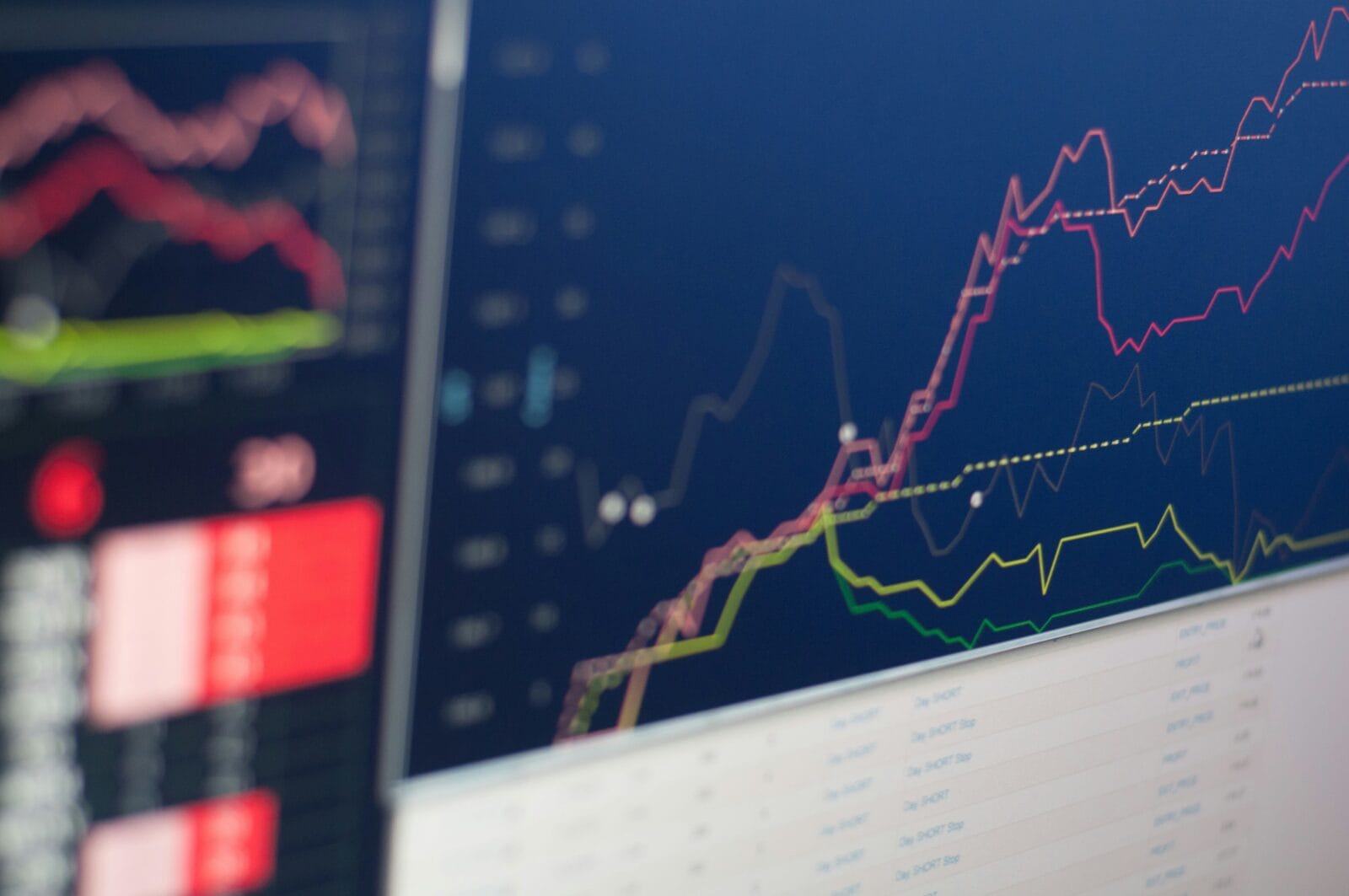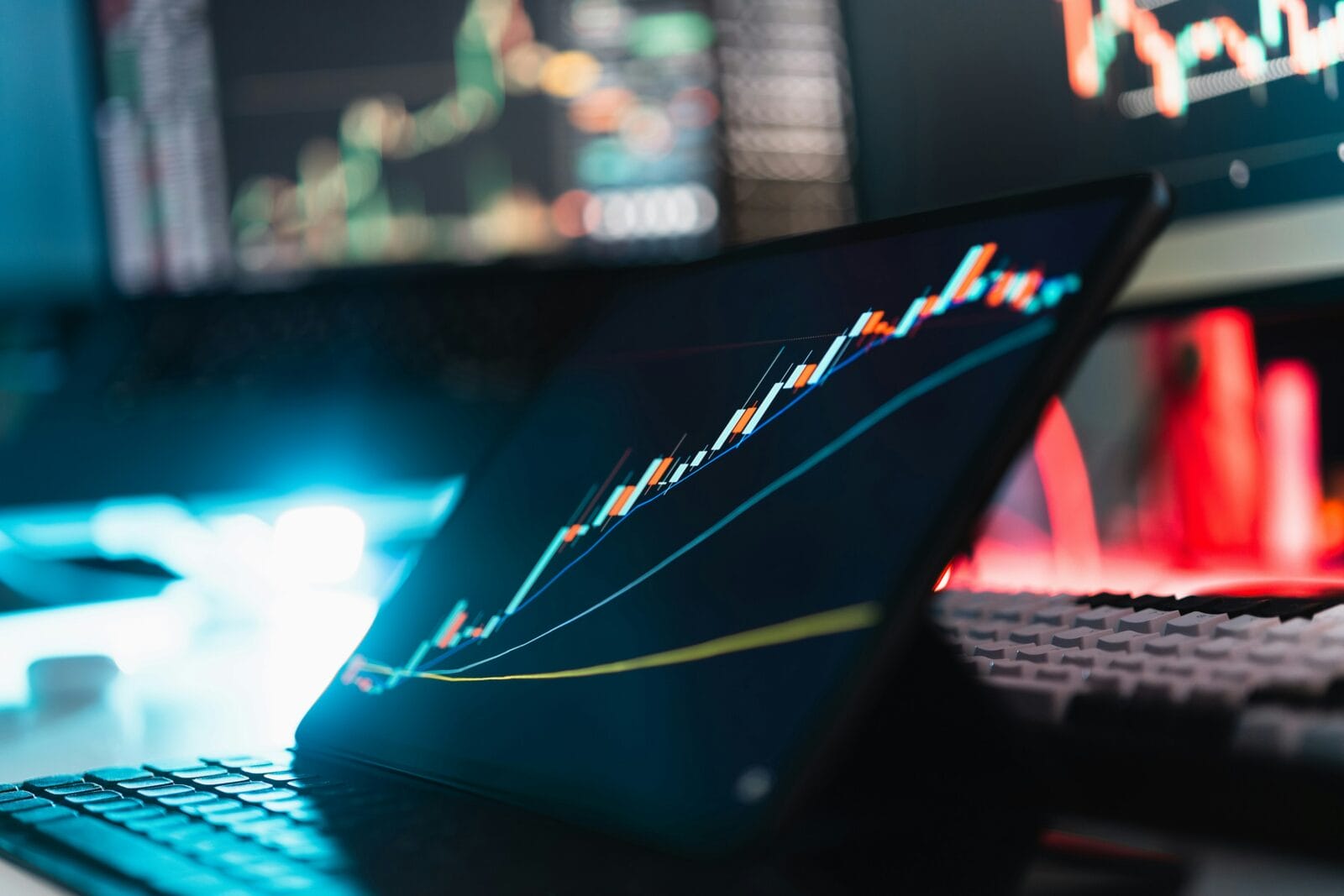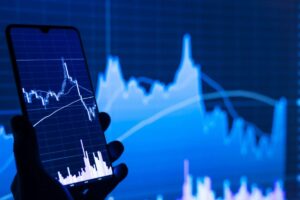Written By Philipp Bärtschi, chief investment officer at J. Safra Sarasin Sustainable Asset Management
Political uncertainty weighs on global growth
In the US, the divergence between sentiment indicators and the growth data is continuing. Consumer sentiment, such as the University of Michigan indicator, fell significantly in April. On the other hand, growth data points to resilient economic activity and a robust labour market, defying the job cuts by the Department of Government Efficiency (DOGE) in the US federal government to date. The purchasing managers’ indices are also holding up relatively well. Activity in the manufacturing sector was slightly weaker, while ser vices recorded a moderate increase. However, the economic effects of the tariffs and the increased uncertainty are only likely to become visible in the data after more time has passed. In anticipation of the economic impact of Trump’s tariffs, a 1.3% growth forecast for the US is expected.
Economic data in the eurozone has recently weakened again, following an upturn in March due to the announcement of the German fiscal stimulus package. The increased uncertainty in global trade has prompted us to revise our growth forecast for the eurozone for 2025 from 1% to 0.8%. The significant appreciation of the euro in the aftermath of the sell-off of US assets could prove to be a further headwind for the export-oriented eurozone, whose growth in the first quarter benefited from a relatively weak currency. On the other hand, a stronger euro will help inflation in the eurozone to approach the ECB’s target more quickly, allowing the central bank to cut interest rates further in the coming meetings.
In view of the slowing economy in the UK, the Bank of England is likely to cut its key interest rate in quarterly steps. Swiss growth should be affected by the appreciation of the Swiss franc. Meanwhile, the strength of the franc has led to speculation that the SNB could return to a negative interest rate policy in the second half of the year. Such a move is unlikely at present, but the SNB is expected to cut interest rates to 0% in June.
Inflation in Japan was higher than expected in March, and as the wage negotiations in the spring resulted in average wage increases of more than 5%, it is regarded as a given that the Bank of Japan will raise the key interest rate further. In view of the high level of global macroeconomic uncertainty, however, it is likely to hold off for some time yet. The decline in Chinese purchasing managers’ indices in April suggests that the US tariffs are already having an impact on the domestic economy, although a number of products such as computers, smartphones and semiconductors have been exempted from the tariffs. Given the significant contribution of net exports to growth in the first quarter, more fiscal support will be needed to cushion the economic impact on the Chinese economy. It is therefore not surprising that China has lowered interest rates again ahead of the negotiations with the US at the end of the week in order to support domestic demand.
Bonds impacted by rising longer-term risk premiums
The impact of Trump’s tariffs was somewhat less apparent in fixed income investments than in exchange rates. Nevertheless, long term real interest rates rose sharply as the markets perceived the reciprocal tariffs and their arbitrary justification as a sign of the White House’s lack of policy coherence. The latest developments indicate that primarily non-government foreign investors contributed to the sell-off in US bonds at the beginning of April. Longer maturities experienced a sharp rise in interest rates, primarily reflecting rising risk premiums, resulting in a much steeper dollar yield curve. This trend is expected to continue and even intensify once the Fed cuts rates in the third quarter. Therefore, medium maturities are well positioned to benefit from a slowdown in growth. Against the backdrop of increasing macro uncertainty, US credit spreads widened in April, but have recently fallen slightly below the long-term average.
Equities experienced a remarkable recovery from the lows
Global equities experienced a sharp sell-off in early April, with the S&P 500 Index falling below the 5,000 mark in the days following the announcement of the tariffs. Other global indices followed the sell-off in US equities. However, stocks quickly recovered following Trump’s announcement of a 90-day tariff pause. In the meantime, equities have almost recovered the losses suffered at the beginning of April. As a result, US valuations remain high and are not pricing in a significant slowdown in growth, which in our view justifies a cautious stance. Due to the impending slowdown in growth, it is likely that earnings revisions will remain negative in the coming months. This is likely to weigh on equity markets, particularly in the US.
Cautious positioning
As investor sentiment is still very negative, the setback potential of the equity markets appears limited in the short term. If there are positive surprises, equities could rise even further. Although the US government is currently seeking to de-escalate the trade war, the risk of a recession in the second half of the year appears high due to the damage already done. It is therefore questionable how long the current bear market rally will last. We have taken advantage of the recovery in equity markets in recent weeks to reduce our equity allocation from neutral to a slight underweight. The underweight position in equities reflects a cautious stance as macroeconomic headwinds are likely to increase in the coming months. While we shifted part of the proceeds from equities into bonds, where we remain slightly underweight, the other part was shifted into cash, which increases the tactical flexibility of the port folios. In alternative investments, gold continues to serve as a buffer against increased political and macroeconomic risks. The position in catastrophe bonds remains largely unaffected by recent events.















